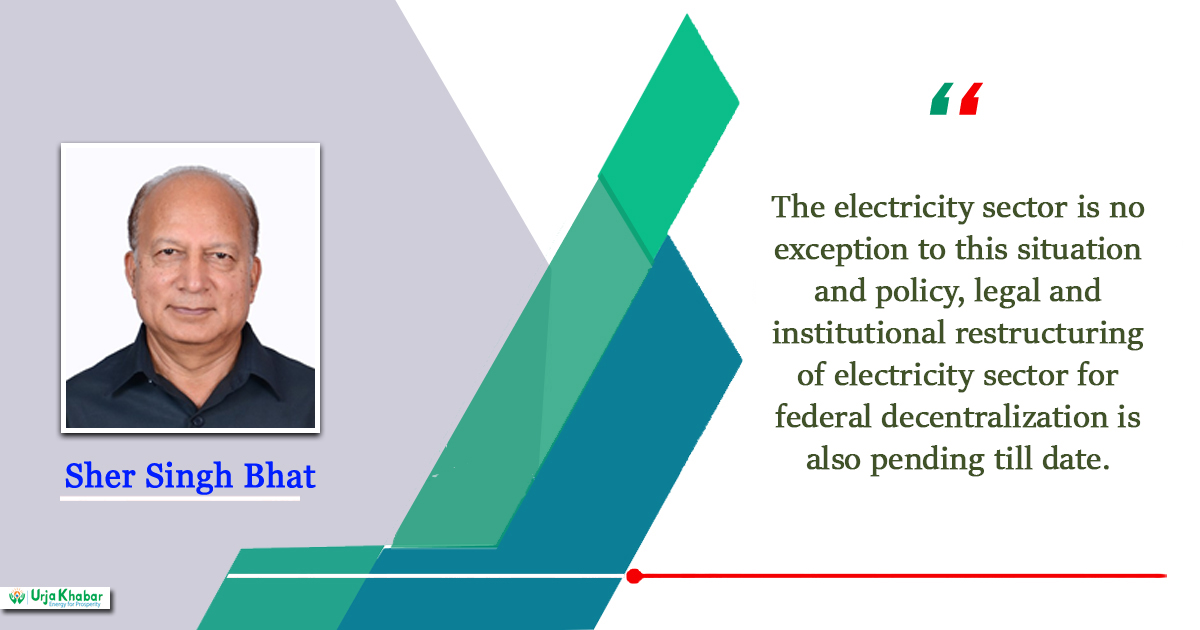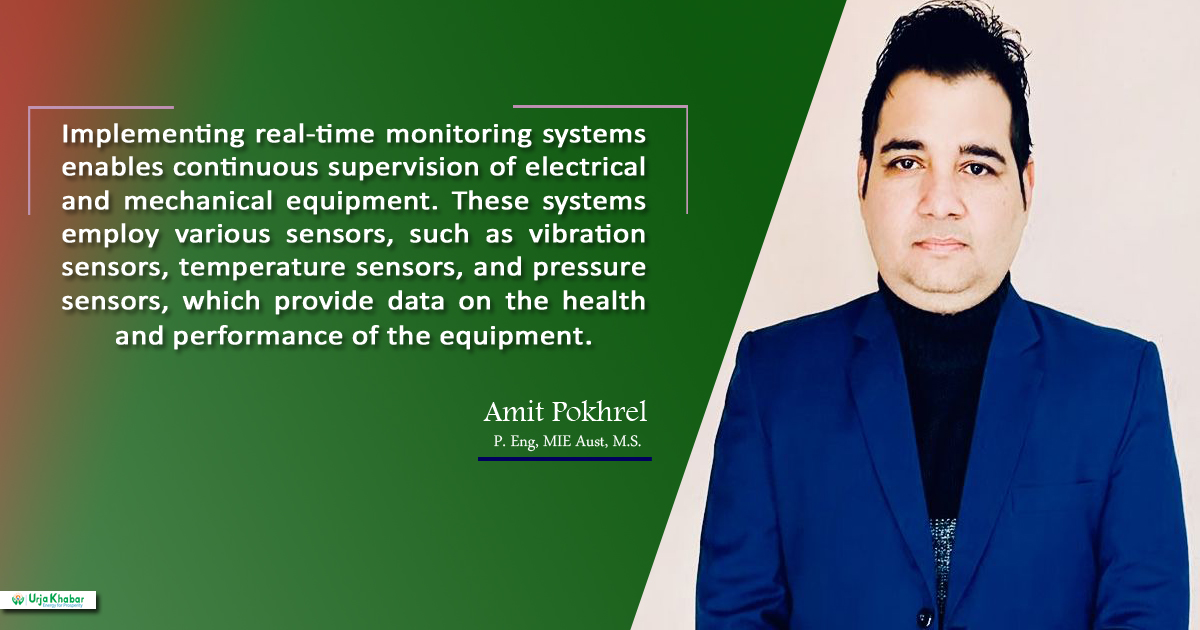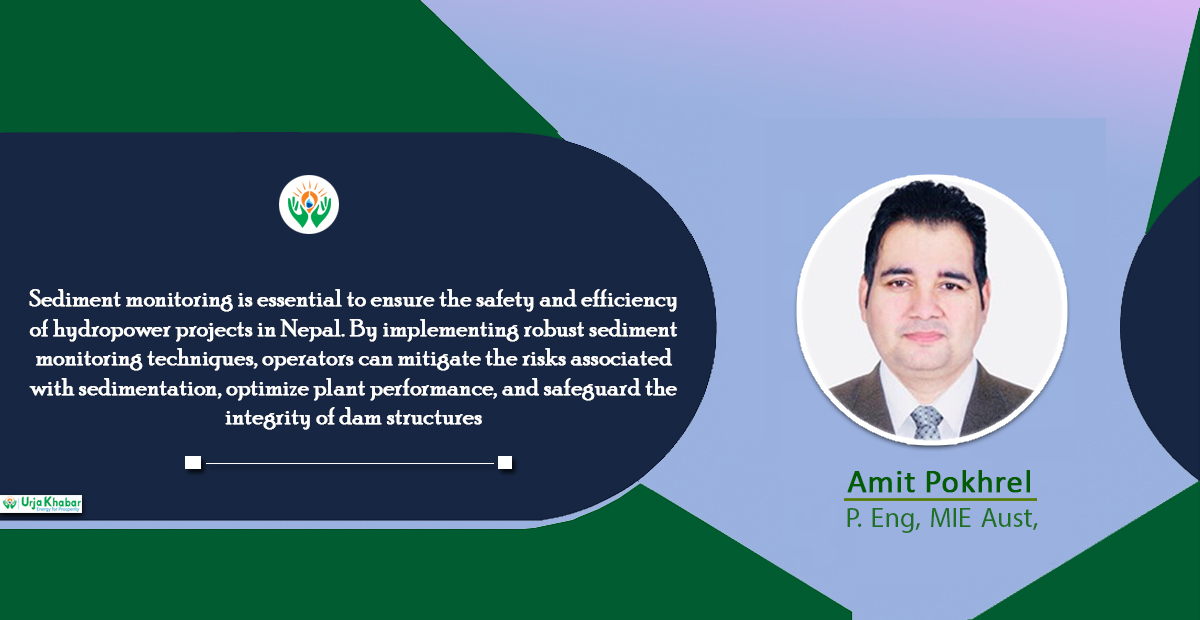Energy Update
Mini Hydropower industry in Sri Lanka
.jpg)
Kathmandu: The development of the small hydro power (SHP) industry in Sri Lanka is positively considered a success story in the energy sector. The SHP industry is typically characterized by projects having capacities of less than 10 MW. The geo-climatic settings of Sri Lanka are particularly conducive to harnessing hydro resources: a highland mass in the south-center, surrounded by an intermediate zone of upland ridges and valleys lying at the lower elevation.
The climate of Sri Lanka is largely determined by the meteorological conditions caused in the Indian sub-continent due to tropical monsoons. Two contrasting wing regimes formed as a result of the Asian monsoons is the major phenomenon resulted out of these conditions. The southwest monsoon exists from May to September, while the northeast monsoon starts from December through February. These are responsible for distinct seasonal rainfall in Sri Lanka. Nevertheless, the orographic nature of the Central Highlands of the island is decisive on rainfall intensity and distribution. Given the humid conditions and the hilly terrain, the highlands of Sri Lanka offer excellent opportunities to harness hydropower for the generation of electricity.

The history of harnessing hydropower in Sri Lanka dates back to the British colonial era, during which hydropower was used as the main source of energy in large tea factories located in the hilly terrain of the central highland. Since the inception of the tea industry, small hydropower was the main source of power for the tea factories, and many factories were intentionally located closer to perennial streams or brooks to tap their gravitational energy. Initially, factories and powerhouses were placed together, as power had to be transmitted to the machinery by line shafts and belts. Later, direct current (thereafter alternating current) generators became more readily available, and powerhouses were built further downhill from the factory to maximize the head for effective power generation.
According to available records, nearly 90 percent of the small hydropower turbines used in the plantation sector were supplied by Gilbert Gilkes and Co. Ltd., which was the oldest manufacturer of hydraulic turbines and pumps in England. The first 15-hp vortex type turbine was delivered to the country as early as 1887. Since then, there had been a steady supply of hydropower generating machinery to Sri Lanka, with sales peaking in around 1930.

Small hydropower potential in Sri Lanka has almost been tapped within a short time period between 2000 and 2015, constructing about 143 mini-hydropower plants, mainly on major river basins (viz., Mahaweli, Kelani, Kalu, Gin, Nilwala, and Walawe) generating hydroelectricity ranging from 0.1 MW to 10.00 MW. The Small Hydro Power Developers Association (SHPDA) celebrated the silver jubilee of Sri Lanka’s grid-connected mini hydropower industry this year. The first modern small hydropower project was commissioned in Sri Lanka on 10 April 1996. Two and a half decades after, renowned educationist and meteorologist Premasiri Sumanasekara of Vidya Silpa (now VSHydro Ltd.) connected the first plant to the national grid in Dick Oya, which has now grown to 230 projects supplying 440 MW of electricity to Ceylon Electricity Board (CEB).
The geo-climatic conditions in Sri Lanka are favorable for mini-hydro development, and several past studies have assessed the potential for the development of mini-hydro resources. A comprehensive study of 13 river basins of the country has been carried out as part of the Dam Safety and Water Resources Planning Project (DSWRP) of the Ministry of Irrigation and Water Resources of Sri Lanka. The study has concluded that the total mini-hydro potential of the country is 873 MW.
The National Energy Policy devised in 2006 identified fuel diversification and energy security in electricity generation as a strategic objective and the development of renewable energy projects was identified as a part of this strategy. Based on the fact, action was taken to introduce a three-tier tariff to replace cost-based tariffs from 2008. Currently, the technology-specific cost-reflective tariff introduced in 2012 is in force. As of 2020, the total grid-connected mini-hydro capacity is 412 MW including 387 MW generated by the private sector. In this long-term generation expansion plan, mini-hydro capacity is expected to grow moderately within the next 20 years as most of the attractive resources and sites are expected to have been exhausted. In 1998, industry representatives formed the ‘Grid Connected Small Hydro Developer Association’ to represent the voice for the industry to resolve issues and identify opportunities. When the industry achieved 125 MW in 2007, the association was renamed to Small Hydro Power Developers Association.
Two types of mini-hydropower plants, namely low head reservoir type and so-called run-off river systems are in operation in addition to a few irrigation drop plants. Nevertheless, the type of the run-off-river system is operated in Sri Lanka assuming that the run-off- river means diverting river flow leaving only an insignificant discharge as an environmental flow and releasing diverted water back to the river through a tailrace canal emerged from a power generating turbines.
Approvals for mini-hydropower plants have been granted by project approving agencies primarily, considering the generation of electricity by mini-hydropower plants as environment-friendly sources of alternative energy with insignificant environmental impacts compared to Green House Gas emission during the generation of the similar amount of electricity by fossil fuel burning or calculation of carbon trade. It is mandatory to comprise the composition of Environmental Impacts Assessment team for a mini-hydropower projects, a hydrologist/drainage engineer, a stream ecologist, a fish ecologist and other subject specialists (an agronomist/pesticide expert, a soil conservation expert, a biological/environmental scientist, an economist, a social scientist and a health scientist, preferably an epidemiologist) as stipulated by the Central Environmental Authority. However, IEE (Initial Environment Examination)/EIA (Environment Impacts Assessment) teams hardly maintain stipulated composition. Most of the IEE/EIA reports hardly addressed the direct and indirect ecological issues on the long run. But they contain a fair amount of irrelevant information, perhaps due to irrelevant composition and poor competence of IEE/EIA teams.
The developers have attempted various methodologies to convince different values of stream discharge as the correct environmental flow, as the authorities have not defined yet the site-specific environmental flow on the basis of ecological requirements of downstream aquatic life. Public consultations are misleading in most cases. The remote riparian communities are hardly benefited by mini-hydropower projects and the developers can satisfy them by offering 104 sundry benefits when agitations occur against the projects, normally persuaded by hidden parties. The grave ecological problem of construction and operation of mini-hydropower plants is the cumulative loss of stream habitats within the entire river watershed as a result of creating almost dead stream stretches between the weir and the powerhouse in the case of run-of-the-river systems. This impact is extremely high for tributary streams when a cascade of mini-hydropower plants is in operation, as in the Sudu Ganga and Hatton Oya, major tributaries of the Mahaweli River. The weirs of cascade mini-hydropower plants that receive water released from major hydropower plants are more susceptible to wash off when coincide with flash floods creating major environmental hazards and social consequences.
Generation of electricity is well maintained as each plant is connected to the national grid, according to the power purchasing agreement with the Ceylon Electricity Board. The entire hydrological network of each river basin on the island has been compartmentalized into hydrological cells of different magnitude by artificial structures apprehending fluvial movements and sediment transport. A total of 105 small hydroelectric projects certainly would cause a variety of ecological, environmental and socio-economic problems, even though they are free from greenhouse gas emissions. Arresting stream flow by building dams across running water systems may permanently alter riverine ecosystems and aquatic life due to changes in Eco- hydrology and habitat alteration. Exposed river beds between the weir and the powerhouse discontinue the ecological integrity along the longitudinal axis of the river system resulting in a cease of material transport, nutrient spiraling, and drift of macro-invertebrates. Leaf litter decomposition will be reduced due to both elimination of riparian vegetation and poor colonization of benthic aquatic organisms. The reduced lateral transport of water between the river bank and the trunk stream (Eco-tone) may affect the growth of riparian vegetation including aquatic and semi-aquatic plants. Fish and other river fauna may no longer be able to swim upstream, as shown by Silva and Davies (1986).
There is no doubt that hydropower projects have made an important contribution to the quality of life of human beings, but such developments have had significant negative impacts on local livelihood and the environment. While a lack of access to electricity holds back economic development, mini hydropower plants have created new opportunities for local businesses by providing power infrastructure. Many small hydropower projects across the country have helped create conditions for communities to improve their quality of life and employment; increase the standard of public service provision; improve overall health and education, and achieve greater autonomy. Reliable access to electricity through these developments allows local enterprises to expand and create new business opportunities through higher efficiency and productivity and reduce costs. Furthermore, lack of electricity constitutes a significant barrier to human, social and community development, specifically impacting vulnerable groups, including women and young people.
Investment in the mini hydro sector is a viable and a profitable decision and also helps to provide a clean renewable source of energy without damaging the environment. There are adequate potential mini hydropower projects which are available on the island for development. However, a clear policy on the approvals is a must to attract more developers to the sector.
The writer is a Counsellor of Sri Lanka Embassy, Kathmandu Nepal, This article taken from Urja Khabar bi-annual Journal published in 2022 Dec. 16th
Conversation
- Info. Dept. Reg. No. : 254/073/74
- Telephone : +977-1-5321303
- Email : [email protected]













